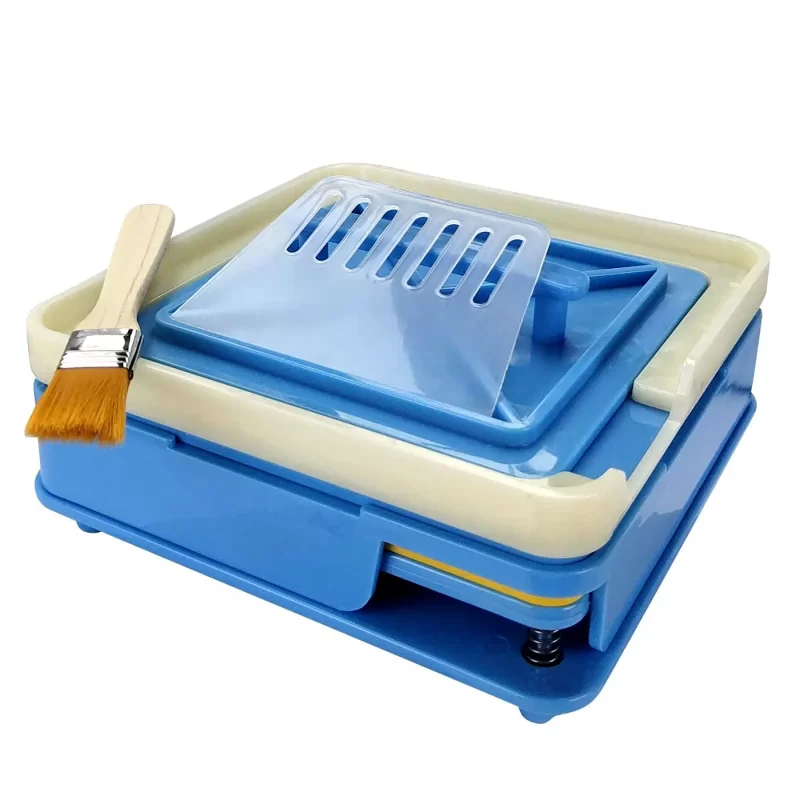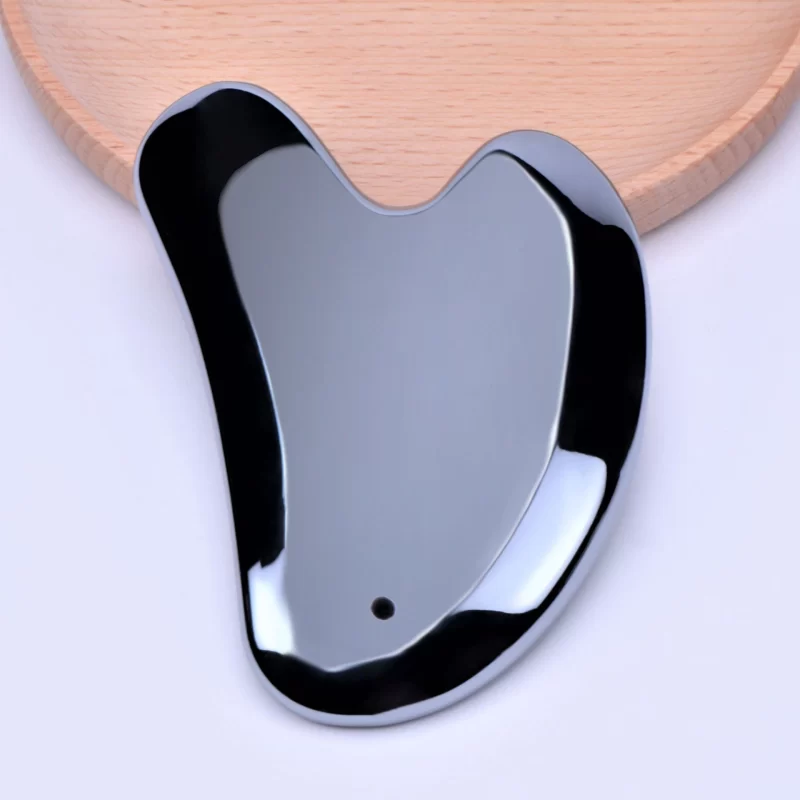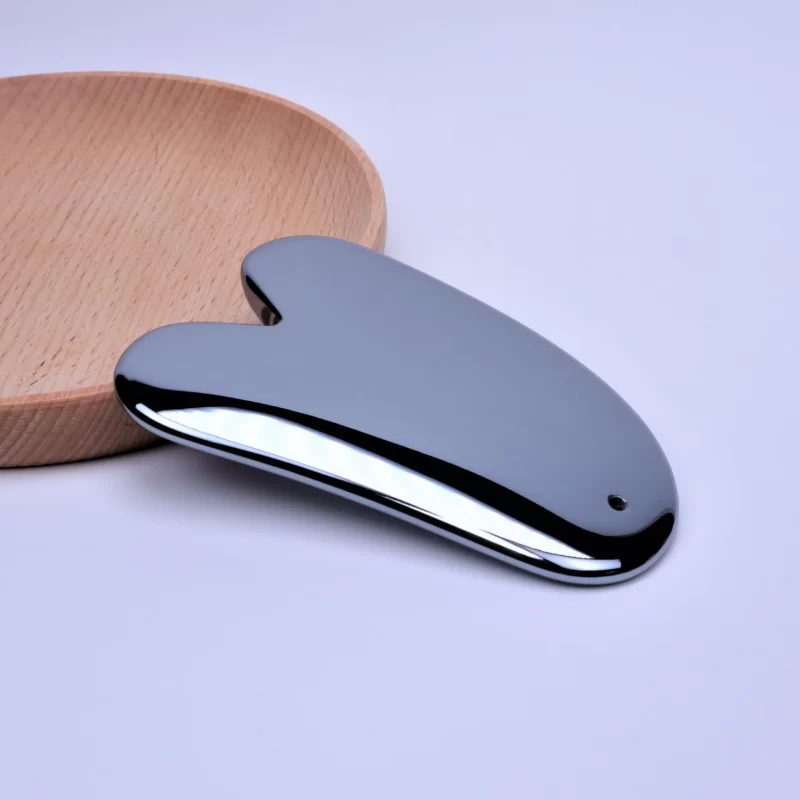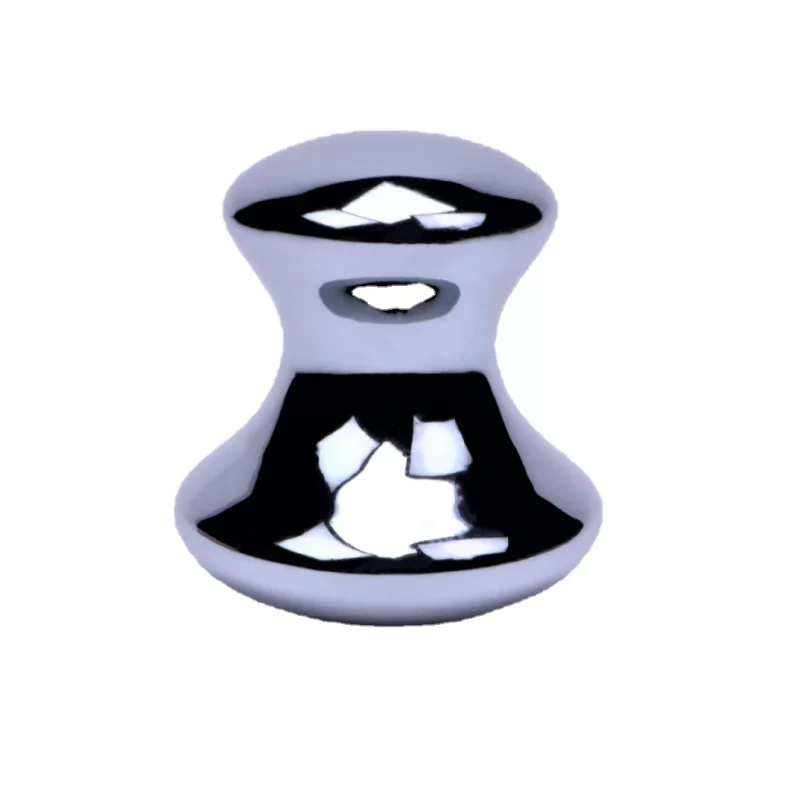
Fuel pumps are vital components in modern vehicles, machinery, and various industrial applications. They play a crucial role in ensuring that fuel is delivered to the engine efficiently, supporting optimal performance. Whether you’re driving a car, operating heavy machinery, or managing industrial equipment, understanding how fuel pumps work, their types, and how to maintain them can help you make informed decisions about maintenance and repair.
In this guide, we will dive deep into the world of fuel pumps, examining their history, different types, working mechanisms, common issues, and tips for maintenance. Whether you are a car enthusiast, a mechanic, or someone interested in the inner workings of machinery, this article will provide the comprehensive knowledge you need.
What is a Fuel Pump?
A fuel pump is a mechanical or electrical device designed to move fuel from the fuel tank to the engine. It ensures that fuel is delivered at the correct pressure and in the appropriate quantity required for combustion. Without a fuel pump, the engine would not be able to receive the necessary fuel for operation, leading to engine failure.
Fuel pumps are used in many applications, including vehicles (cars, trucks, motorcycles), industrial machinery, airplanes, and even small appliances like lawnmowers. While the basic function remains the same—pumping fuel from the tank to the engine—the designs and technologies vary depending on the application and the type of fuel being used.
History of Fuel Pumps
The development of the fuel pump dates back to the early 20th century when internal combustion engines became widespread. In the early days, mechanical pumps powered by engine-driven cams were used to draw fuel from the tank. These pumps were relatively simple and operated through a series of mechanical components, including diaphragms, check valves, and springs.
With the advancement of engine technology and the increasing demand for better fuel efficiency, fuel pumps evolved significantly. In the mid-20th century, the introduction of electric fuel pumps revolutionized the automotive industry. These pumps offered greater precision and reliability, leading to better fuel delivery and enhanced engine performance.
Today, most vehicles use electric fuel pumps, which are much more efficient and compact than their mechanical predecessors. They are often integrated into the fuel tank and are controlled by the vehicle’s engine control unit (ECU) for optimal fuel pressure and flow rate.
Types of Fuel Pumps
There are several types of fuel pumps, each designed for specific applications and vehicles. Understanding the differences between them is essential when selecting a replacement or diagnosing a potential issue. Below are the primary types of fuel pumps:
1. Mechanical Fuel Pumps
Mechanical fuel pumps are typically found in older vehicles with carbureted engines. These pumps are driven by the engine’s camshaft, which operates a diaphragm inside the pump. The pump draws fuel from the tank and sends it to the carburetor at a constant pressure.
- Advantages: Simple design, easy to repair, and reliable in low-demand applications.
- Disadvantages: Limited precision and less efficient than electric pumps; they can’t handle higher pressures required for modern fuel-injection systems.
2. Electric Fuel Pumps
Electric fuel pumps are the most common type used in modern vehicles. These pumps use an electric motor to transfer fuel from the tank to the engine at a precise pressure and flow rate. Electric fuel pumps are usually located inside the fuel tank, although they can also be mounted externally.
- Advantages: High efficiency, precise fuel delivery, and the ability to handle high pressures. They also tend to be quieter and more reliable.
- Disadvantages: Can be more expensive than mechanical pumps and may require more complex electronic components for control.
3. In-Tank Fuel Pumps
In-tank fuel pumps are a subset of electric fuel pumps that are mounted directly inside the fuel tank. These pumps use the fuel as a coolant, preventing overheating and extending the life of the pump. In-tank pumps are commonly used in vehicles with fuel-injection systems.
- Advantages: More efficient, quieter, and longer-lasting. They also benefit from the cooling properties of the fuel.
- Disadvantages: If the fuel tank is empty, the pump may overheat, leading to potential damage.
4. External Fuel Pumps
External fuel pumps are typically mounted outside the fuel tank and are used in systems that require a high level of fuel pressure. These pumps are commonly found in race cars, heavy-duty vehicles, and some industrial machinery.
- Advantages: Can provide higher fuel pressures and can be easier to service since they are located outside the tank.
- Disadvantages: No fuel cooling, which can lead to overheating and premature pump failure if not properly maintained.
How Does a Fuel Pump Work?
The primary function of a fuel pump is to deliver fuel from the fuel tank to the engine’s fuel system at the correct pressure and flow rate. Here’s a step-by-step breakdown of how fuel pumps work:
- Fuel Intake: The fuel pump draws fuel from the fuel tank through a suction line. This is typically facilitated by the low pressure generated by the pump’s intake system, which creates a vacuum and pulls the fuel into the pump.
- Fuel Delivery: Once the fuel enters the pump, it is either mechanically or electrically moved toward the engine. In electric pumps, the motor powers an impeller or turbine, which pushes fuel into the delivery line. In mechanical pumps, the engine’s camshaft or crankshaft drives a diaphragm or piston to force fuel out.
- Pressurization: The pump ensures that fuel is delivered to the engine at a constant pressure, which is necessary for efficient combustion. The fuel pressure is regulated by a fuel pressure regulator, which ensures the engine gets the right amount of fuel based on its speed and load.
- Fuel Injection: Once the fuel reaches the engine, it enters the fuel injector (in fuel-injected engines), where it is atomized and injected into the combustion chamber. This allows the engine to burn the fuel efficiently.
Common Fuel Pump Issues and Symptoms
While fuel pumps are generally reliable, they can wear out or malfunction over time, leading to a variety of issues. Here are some common symptoms of a failing fuel pump:
1. Engine Stalls or Hesitates
If your vehicle stalls or hesitates during acceleration, it could be due to a malfunctioning fuel pump. If the pump is not delivering a consistent amount of fuel to the engine, the engine may struggle to maintain proper power.
2. Difficulty Starting the Engine
If the engine cranks but doesn’t start, it could indicate a fuel pump issue. A faulty fuel pump may prevent fuel from reaching the engine, making it difficult to start the vehicle.
3. Loss of Power During Driving
A fuel pump failure can cause a sudden loss of power while driving. This can be dangerous, especially at high speeds. If the fuel pump is unable to provide a consistent flow of fuel, the engine may lose power and fail to operate properly.
4. Whining Noise from the Fuel Tank
A whining noise coming from the fuel tank can be a sign that the fuel pump is going bad. This noise is often caused by a worn-out pump motor or damaged internal components. If you hear this noise, it’s essential to get the fuel pump checked immediately.
5. Decreased Fuel Efficiency
A failing fuel pump may not be able to deliver fuel efficiently to the engine, which can result in decreased fuel efficiency. If you notice that you are making more frequent trips to the gas station, it could be a sign that the fuel pump is not working properly.
Maintaining and Replacing Your Fuel Pump
Proper maintenance and timely replacement of a fuel pump can help ensure the long-term reliability of your vehicle. Here are some tips to keep your fuel pump in good condition:
1. Regularly Check Fuel Filter
A clogged fuel filter can restrict fuel flow, causing the fuel pump to work harder and wear out prematurely. Make sure to change your fuel filter as recommended by your vehicle’s manufacturer to keep the fuel pump in good working condition.
2. Keep Your Fuel Tank Above a Quarter Full
Running your vehicle with a low fuel level can cause the fuel pump to overheat, as the fuel helps cool the pump. Keeping your tank at least a quarter full can help prevent this.
3. Avoid Contaminated Fuel
Dirty or contaminated fuel can damage your fuel pump. Always buy fuel from reputable gas stations, and avoid running your vehicle on old or stale fuel.
4. Replace Fuel Pump When Necessary
Fuel pumps typically last between 100,000 to 150,000 miles, but they can wear out sooner if not properly maintained. If you notice any symptoms of a failing fuel pump, have it inspected and replaced as necessary to avoid further damage to your vehicle’s fuel system.
Conclusion
The fuel pump is an essential component in modern vehicles and machinery, playing a vital role in ensuring the efficient delivery of fuel to the engine. From mechanical to electric and in-tank to external pumps, understanding the different types of fuel pumps and their functions can help you maintain your vehicle and prevent costly repairs.
By keeping your fuel system well-maintained and addressing issues promptly, you can extend the lifespan of your fuel pump and keep your vehicle running smoothly. Whether you’re a car enthusiast, a mechanic, or simply someone interested in automotive technology, understanding how fuel pumps work and how to care for them is key to optimal engine performance.
- Buy On Amazon
US









